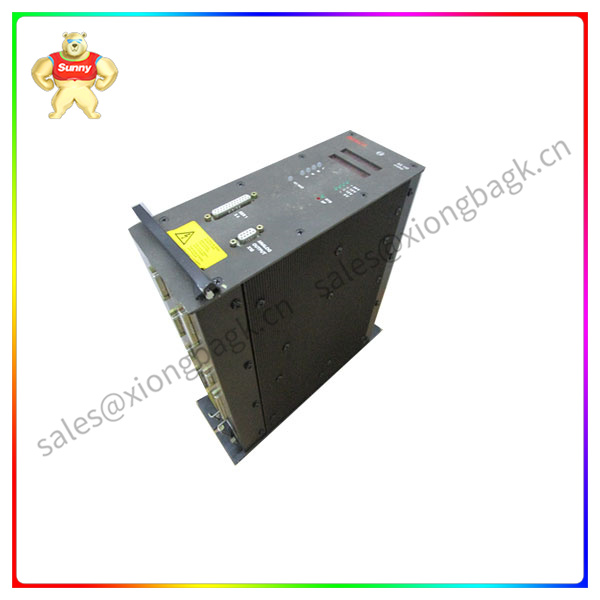According to data released by the Ministry of Industry and Information Technology, China’s industrial apps have exceeded 650,000. Faced with a large number of dazzling industrial software, many customers will feel at a loss, one of the important reasons is that there is no integration between software and software, a single software can not help customers solve a complete set of end-to-end system problems from production, operation to service.
Software integration Software refers to the integration of different software from the technical side, through efficient collaboration to form an integrated solution, to achieve heterogeneous data interoperability, resource allocation optimization, and ultimately to provide customers with convenient one-stop services.
In the early phase of the digital wave, many companies spent a lot of money to deploy seemingly lofty solutions, but ultimately did not meet the expectations of improving quality and efficiency, because many software solutions were not developed before the actual research and in-depth thinking, can not fit the real scenario of customers.
The software integration digital scenario requires solution providers not only to focus on technology iteration, but also to combine innovative technology with deep insight into the industry, develop digital solutions for customers’ application scenarios and pain points, and effectively solve customers’ real-world problems.
Software converges digital business
In real business scenarios, it is not uncommon to find that an enterprise may deploy a piece of software and no longer use it the following year. This is not a question of whether the software is good or bad, but because the transformation and upgrading of the manufacturing industry is a “protracted war”, and the software needs to achieve synergy with the actual business and management processes of customers if it wants to truly play its value. In other words, after the customer has a digital system, it

BOSCH SE110 0608830109
does not mean that the project is over, and the function of the software needs to continue to iterate with the change of market demand.
The core of software integration digital business is that solution providers should be customer-oriented and pay attention to the value of software products in the whole life cycle process from research and development to production to sales, and then to its long-term operation in the customer site.
The essence of “soft fusion” is “medicine before medicine”.
Whether it is software integration software, software integration digital scenarios, or software integration digital business, all reflect a common trend, that is, software must truly understand the needs of customers – today’s customers are no longer blindly pursuing high-end automation equipment and cool unmanned factories, but focus on whether the solution can effectively solve their own pain points. The significance of “soft fusion” is also reflected.
All vars are committed to helping customers solve their problems, but the reality is that customers may not know exactly what their problems are. This is just like people who are sick, sick can not go to the doctor, take medicine, should first know what disease they have, have a clear diagnosis, in order to go to the pharmacy to buy medicine, take medicine. In the same way, digital or intelligent manufacturing solutions can not do a good job of “medicine” and then go to the “patient”, but “first medicine and then medicine”.
Traditional software solutions are often “looking for nails with a hammer”, but the characteristics of the B-end industry determine that the software has a strong correlation with the industry and the process, and cannot be easily changed.
Therefore, Schneider Electric today is very focused on the integration of software and customer business – that is, ask the customer what they need, and then better integrate the digital solution with the customer’s business
Adhering to the concept of “medicine before medicine”, Schneider Electric relies on the digital technology represented by software and the service system that allows digital to land in the application scene, and enables the industry to improve quality and efficiency with “software + service”.
 中文版
中文版




